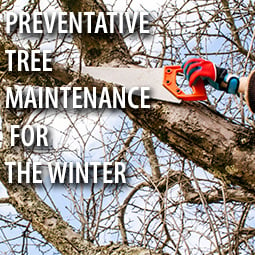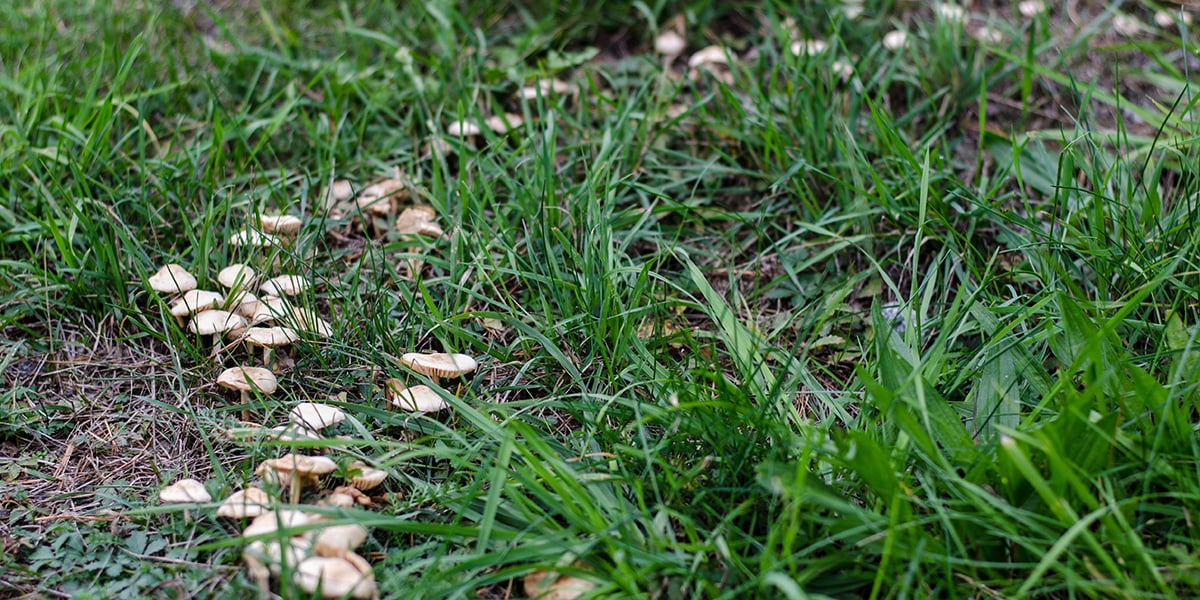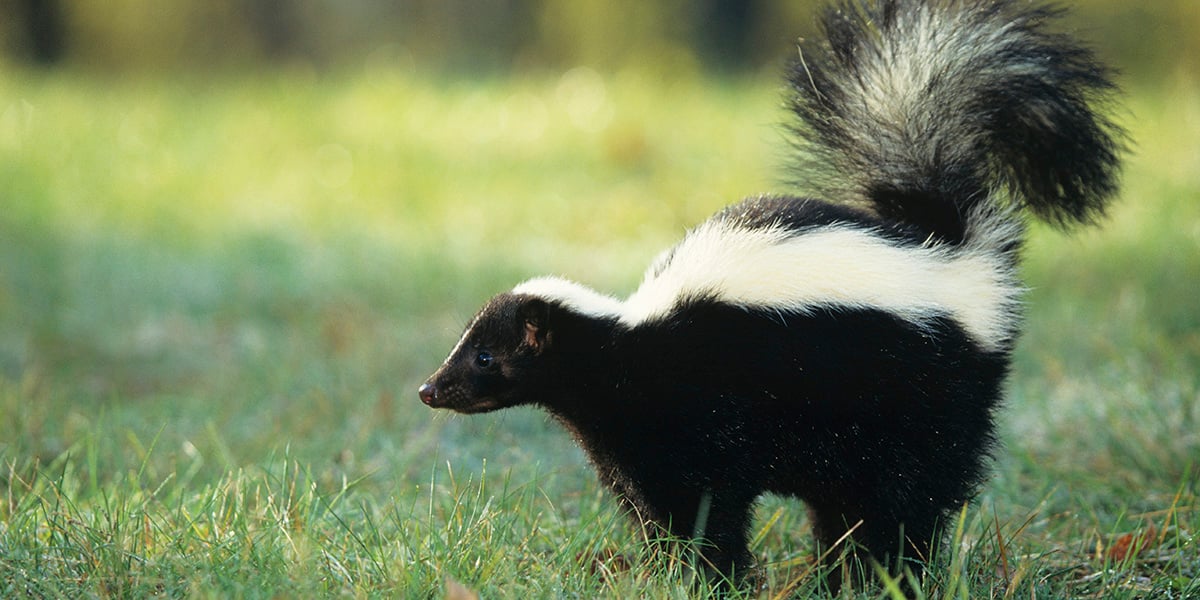
This time of year, folks with artificial grass lawns revel in the fact that they no longer have to worry about winterizing their lawn. But that doesn’t mean you should ignore your entire landscape. Although you may have already raked leaves, cut back perennials, tidied your flower beds, and so on, did you forget about your trees?
Trees Need Maintenance for Winter, Too
It’s easy to assume that something as big and sturdy as a tree can fend for itself over the winter months. And, while that may be technically true, trees are a major investment in the beauty of your landscape, enjoyment of your outdoor living spaces, and the financial value of your home. So it’s smart to give them a helping hand to keep them healthy and strong all year long.
Weather experts are predicting a warmer and drier than normal winter for us in the Bay Area. In a perverse way, that’s good news for your trees, because excessive cold poses extra dangers for them. However, even if we don’t have to worry about frigid temperatures, there is still the possibility of an early frost. This can shock trees that have been enjoying the warm weather and are still growing, causing that new growth to die back.
Do these things to protect your trees:
- If you have not yet cleared out fallen leaves and other debris from under trees, definitely do that. Yes, they can serve as “mulch,” but they’re more likely to carry insect eggs and/or fungus spores that will cause problems next spring if not now.
- Bring in new true mulch This is a must for ensuring whatever rain we do get soaks into the soil rather than running off. Mulch conserves existing moisture and can also keep roots warmer. An inch is the minimum advised thickness, but three inches will provide much better protection, including discouraging weeds from growing. And, by the way, confiders need mulch as much as deciduous trees.
- If you have problems with mice outdoors, leave a small space between the mulch and tree trunk, and check it periodically over the winter. Mice can chew all the way around the base of some trees, which will be fatal (for the trees, though unfortunately not for the mice). Rabbits? You’ll need to use paint-on repellent or wire mesh wrap.
- Pruning keeps trees shapely, prevents disease from spreading and encourages healthy new growth. Remove any damaged twigs or branches. If necessary, remove inward-growing branches to allow more sunlight to reach the interior. Careful pruning can also lighten the load on branches, making them less vulnerable to winter breakage.
- Young trees require special attention. In fact, if your trees are very young, you could consider covering them over the winter until they’re older and stronger. Or you might want to wrap their trunks, the equivalent of wearing a coat.
What If You Have Fruit Trees?
Different types of fruit trees have different pruning requirements. Citrus are different from deciduous trees such as apples or pears. Stone fruits such as plums, apricots, and cherries each have their own pruning needs. Do you have dates? Yum. Those palms need special pruning, too.
Dormant sprays can protect fruit trees from pest and disease infestations. The oily sprays coat the twigs and branches to fend off everything from mites, scale and aphids to some types of insect eggs.
When in Doubt, Hire a Pro
Experienced professional arborists know what to look for and how to deal with it, whereas well-intended pruning mistakes can permanently damage your tree.
With proper preparation for winter, your trees will weather whatever comes their way. And next spring you will be rewarded with beautiful, healthy new growth and, if you have fruit trees, with colorful, edible bounty.












